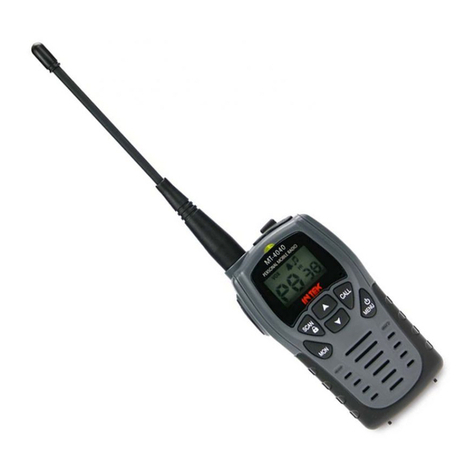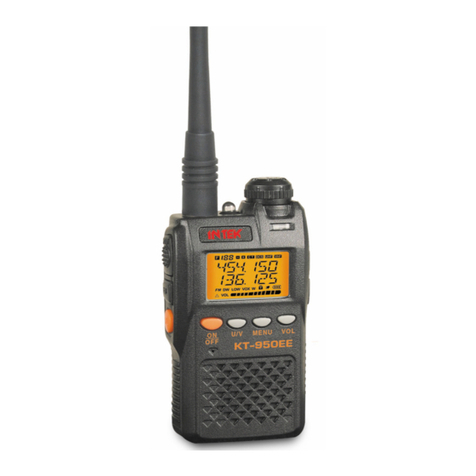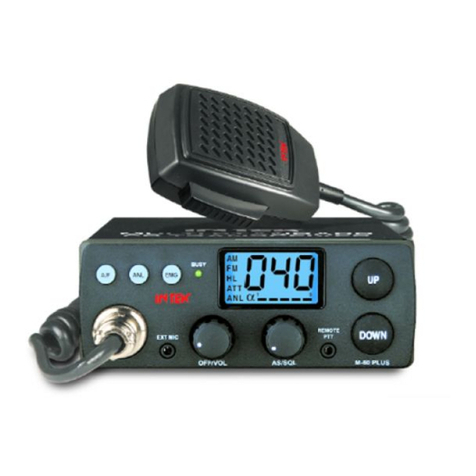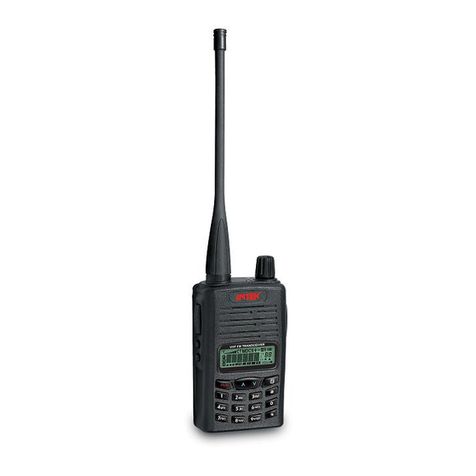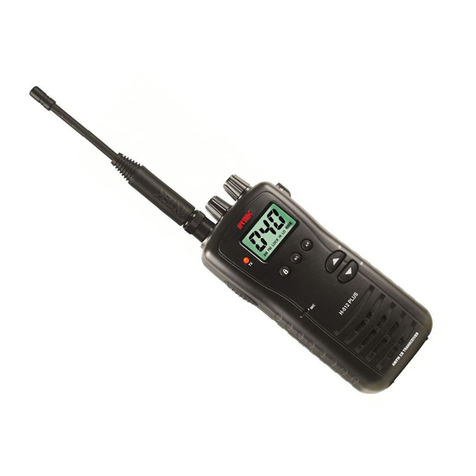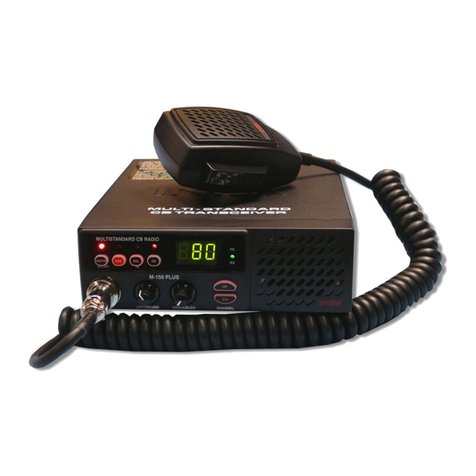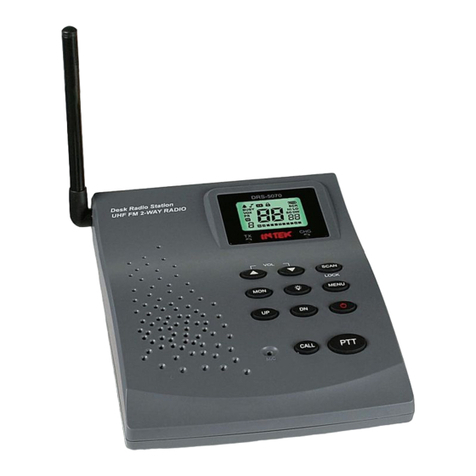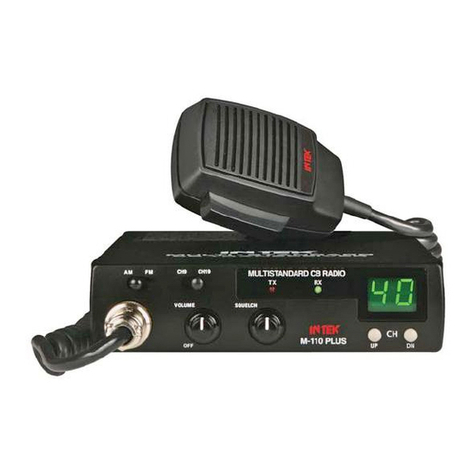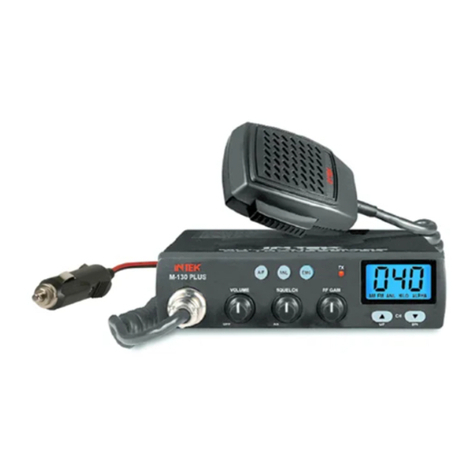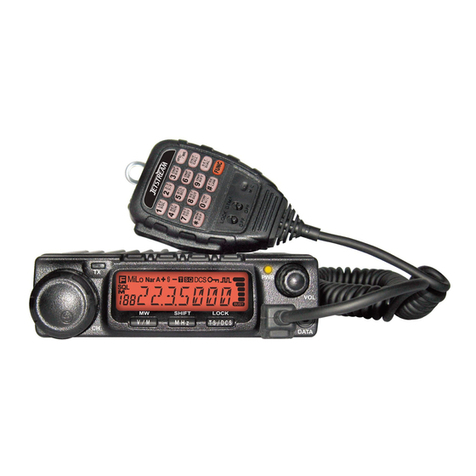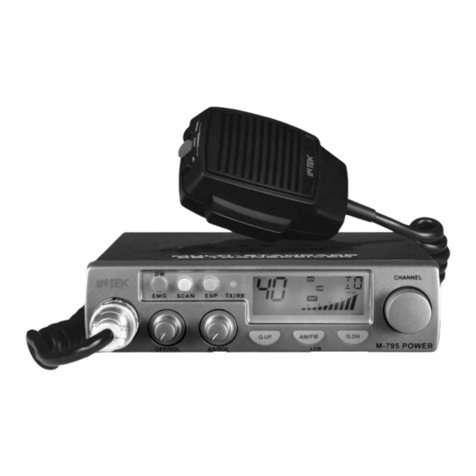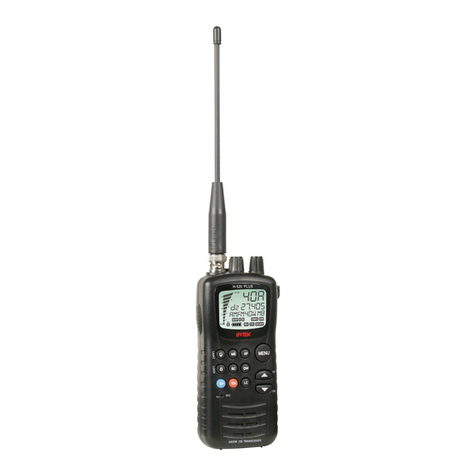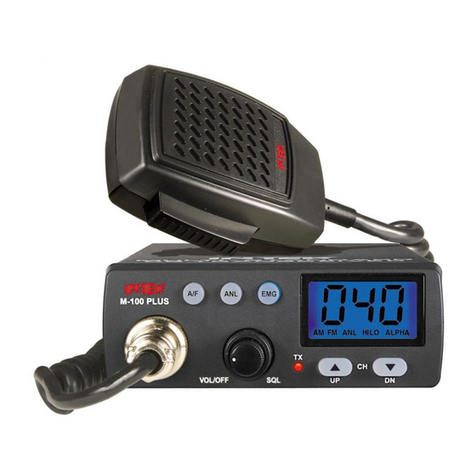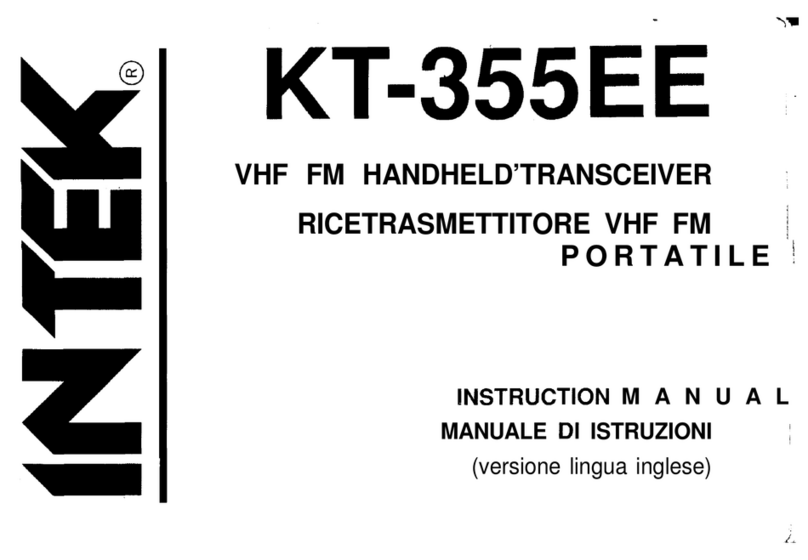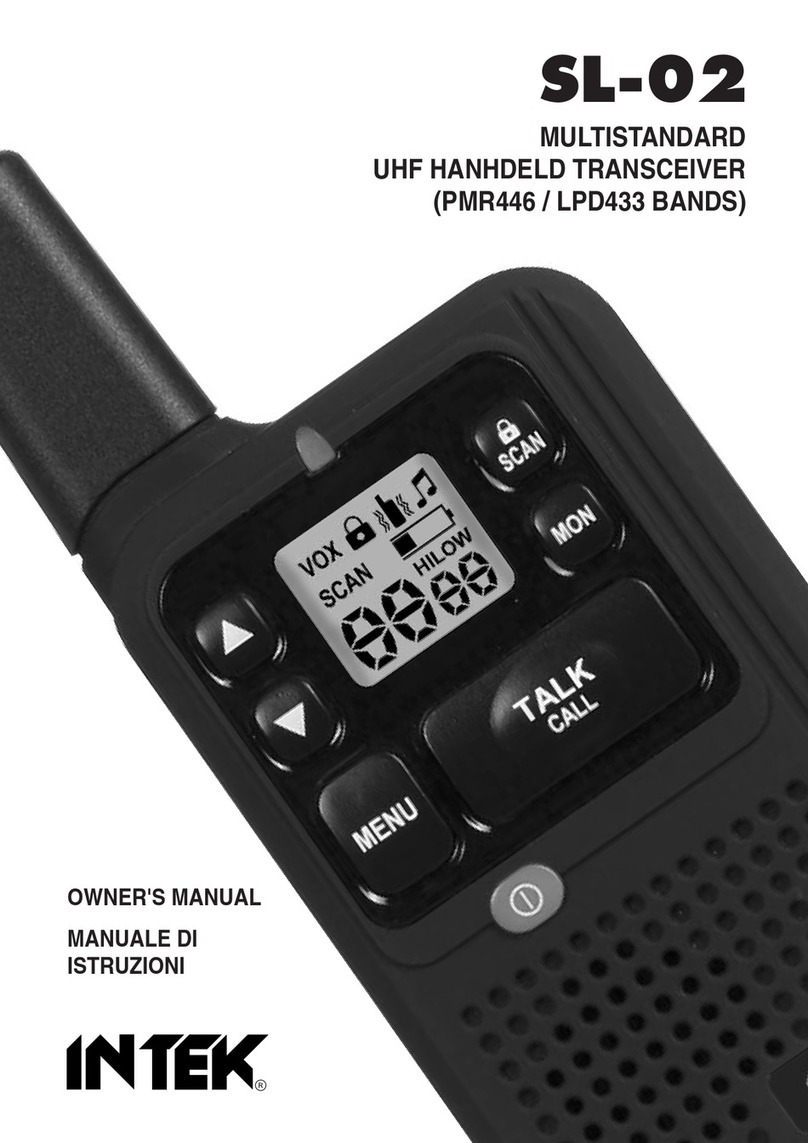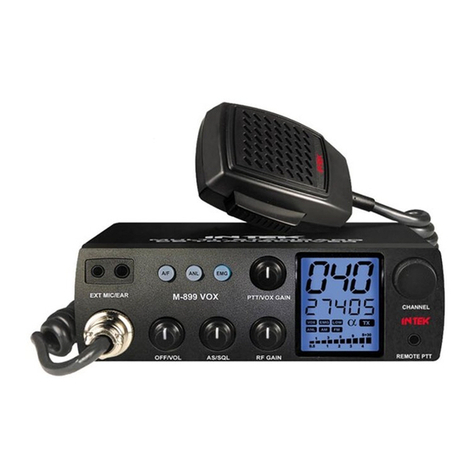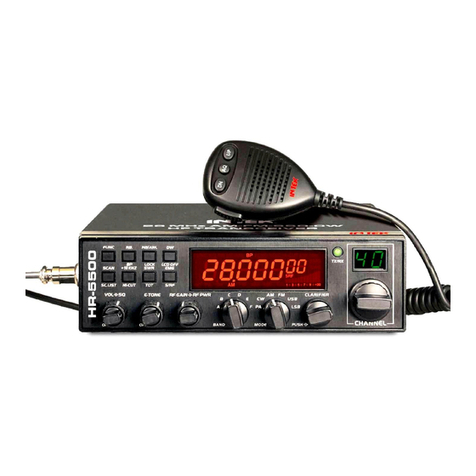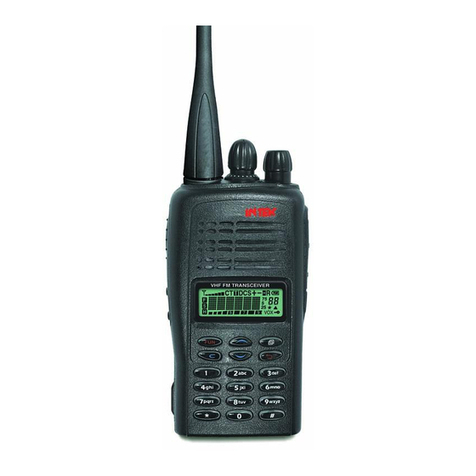CONTENTS
New and Innovative Features...................................................1
Frequency Range ...................................................................1
Supplied Accessories / Optional Accessories............................ 2
Supplied Accessories..............................................................2
Optional Accessories ..............................................................2
Initial Installation .......................................................................3
Mobile installation ...................................................................3
DC Power Cable Connection ..................................................4
Antenna Connection ...............................................................6
Accessories Connections........................................................7
Getting Acquainted..................................................................... 8
Front panel..............................................................................8
Rear panel ..............................................................................9
DISPLAY .................................................................................9
microphone ...........................................................................10
Basic Operations.....................................................................11
Switching The Power On/Off................................................. 11
Adjusting The Volume ..........................................................11
Switch between VFO and Channel mode ............................. 11
Adjusting Frequency .............................................................11
Adjusting Channel.................................................................11
Switch Between Main Band and Sub band...........................12
Selecting the frequency band ...............................................12
Receiving ..............................................................................12
Squelch Off/Squelch Off Momentary.....................................12
Transmitting ..........................................................................12
Shortcut Operations................................................................13
Squelch level Setup ..............................................................13
Transmit DTMF/2-TONE/5-TONE signaling .........................13
High/Mid/Low Power Switch .................................................13
Frequency Reverse...............................................................13
Band-width Selection ............................................................13
HOME Channel.....................................................................13
Hyper Memory Channel ........................................................13
Dual Watch............................................................................14
Emergency Alarm..................................................................14
Channel/Frequency Scan .....................................................14
Channel Scan Skip ...............................................................14
Channel Edit .........................................................................14
Scan range Limit ..................................................................14
Channel Copy .......................................................................14
Channel Delete .....................................................................15
General Setting........................................................................16
APO (Automatic Power off)...................................................16
Automatic offset ....................................................................16
Frequency Channel Step Setup............................................16
VFO Band lockout.................................................................17
Beep Function.......................................................................17
CPU Clock frequency Change ..............................................17
2-TONE Encode select..........................................................17
5-TONE Encode select..........................................................18
Add Optional signaling ..........................................................18
CTCSS encode Setup ..........................................................18
CTCSS decode Setup...........................................................19
Sub Band Display Setup .......................................................19
DTMF Encode Pre-Loading time ..........................................19
DTMF Encode Transmitting Time .........................................20
DTMF Encode setup .............................................................20
